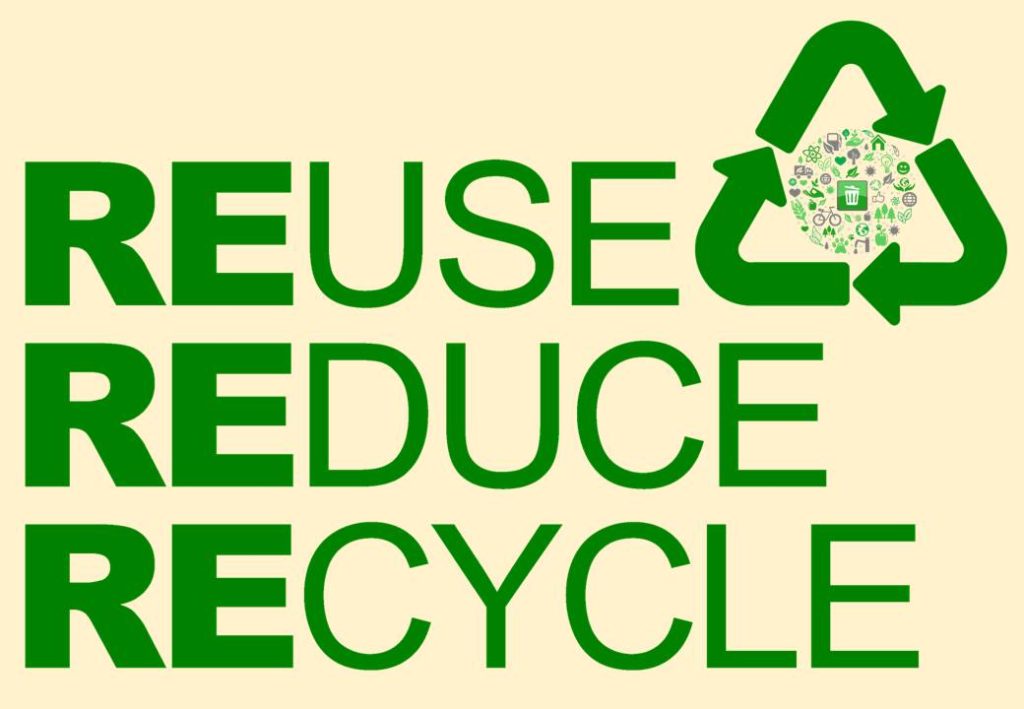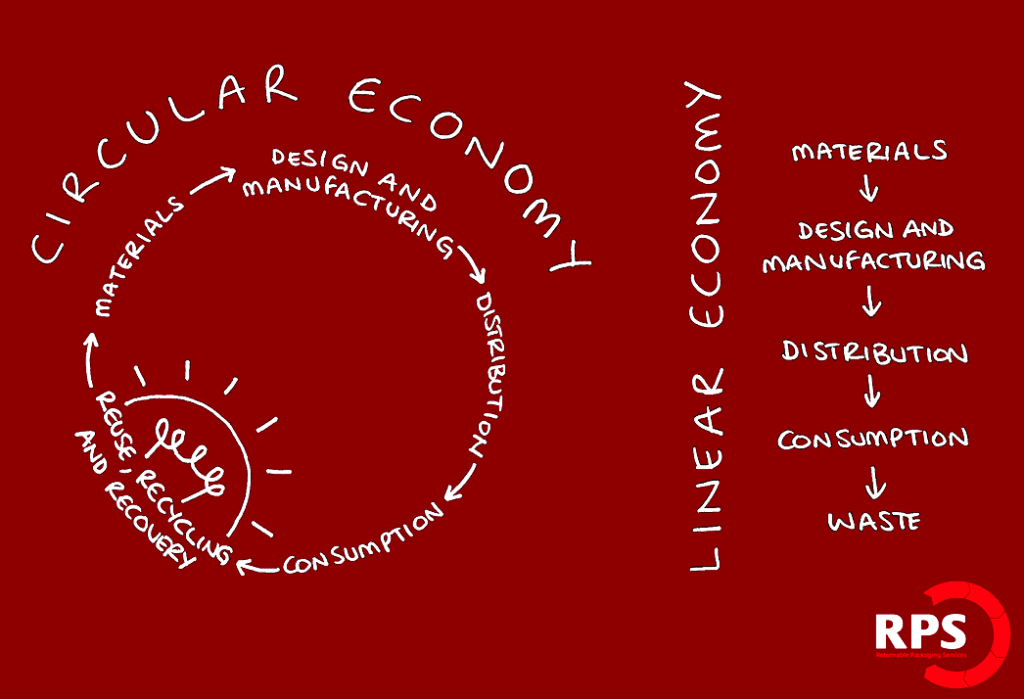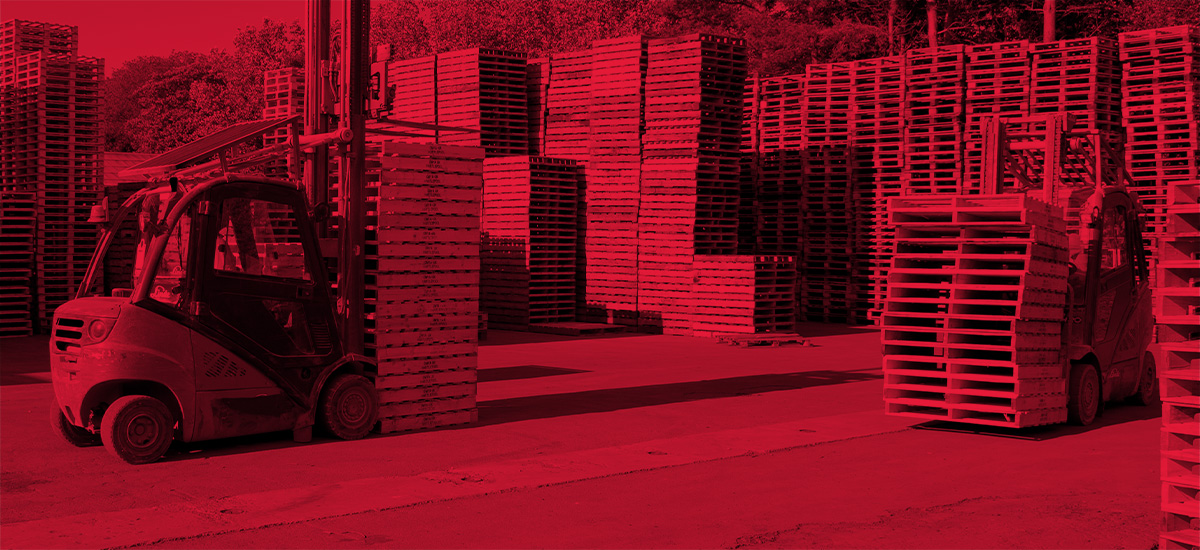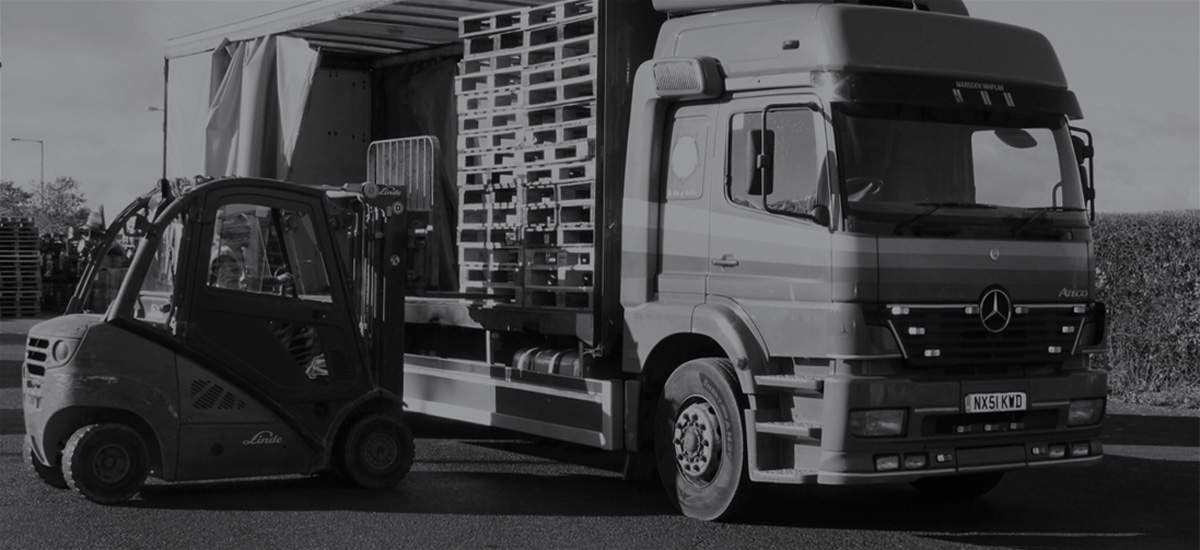At its two-day Spring meeting, The European Federation of Wooden Pallet and Packaging Manufacturers (FEFPEB) announced the European Union has accepted that wood used in both the reuse and repair of pallets and packaging should be included in the calculation of recycling rates.

These changes have been incorporated into the Packaging and Packaging Waste Directive. The two main objectives of the Directive are to continuously improve the environmental performance of packaging and to facilitate the correct functioning of the EU Internal Market, protecting the free circulation of packaged goods in all Member States. Avoiding obstacles to trade is crucial to the packaging supply chain members that distribute goods at national, European and global levels.
The Directive sets out recovery and recycling targets and deadlines for EU Member States and asks them to address the same for used packaging.
The amendments to the Directive mean that replacing even just one component in a pallet allows the weight to be accounted for as recycled and can be included in the Governments targets. It’s fantastic that this will help us achieve recycling targets but it is important to remember that the benefits of reuse are more sustainable than recycling and energy recovery.
With 42 million new pallets manufactured every year, and 250 million in circulation in the UK alone, wooden pallets and packaging are essential to the economy. It is therefore important to repair and reuse them to promote the circular economy, giving pallets a longer lifespan before they are recycled or turned into biomass fuel. It will also mean that Member States may be quicker in reaching the target set for recycling rates, but perhaps reuse should be focussed on with more definition.

The changes could encourage businesses to use reconditioned used pallets as alternatives to new pallets as it would help reach European recycling targets. This could help pallets become a firm part of the circular economy, emphasising reuse as a key environmental benefit.
It may also discourage recycling of used wooden pallets into other products, such as animal bedding or chipboard, because the benefits of repairing and reusing pallets would be included in the recycling targets. There is far less energy required to repair and reuse a pallet compared to shredding and re-manufacturing woodchip into a new product so these changes might be more environmentally sustainable in more ways than one.
Tweet your thoughts on pallet reuse, recycling and energy recovery @RPS_Limited.







